Vivienne Westwood is Right
I mean really, those of us who don’t have the money to go willy-nilly in Bergdorf’s SHOULD be more cautious. We’re bombarded with utter crap at lower pricepoints – cheap scratchy cotton, irregular cuts, tacky replicas of runway looks, shiny transparent polyester frocks, and sweaty glued-together plastic shoes. When you have money, you can buy more expensive pieces, higher end brands, and are more likely to find better quality materials and craftsmanship.
I don’t think Westwood is telling poor people to stop shopping. She’s just saying what anyone who writes about personal style says – choose quality over quantity.
Quality can be found at every pricepoint if you shop carefully. Don’t buy to buy, don’t “make it work,” don’t believe that a few extra buckles and baubles will make a garment look more expensive. Shop outside your retail comfort zone, consider thrift and consignment shops, troll eBay and Etsy, realize the sale rack at a pricier shop may have pieces the same price as full-price at a lower end store. And understand that style doesn’t come from how much you have, but the quality of what you have.
Update: I want to clarify the use of the word poor. To Westwood, I think she means anyone who cannot afford designer clothing. I used it in the same manner. I am not, and I doubt Westwood is judging the sartorial choices of those who are below the poverty level. It wasn't necessarily the best word choice for her but that doesn't discredit what she is trying to say.

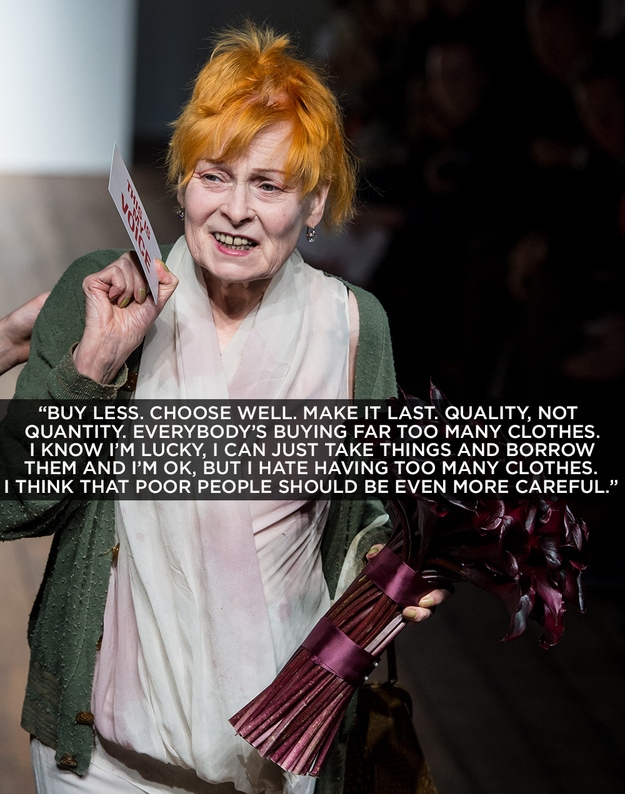
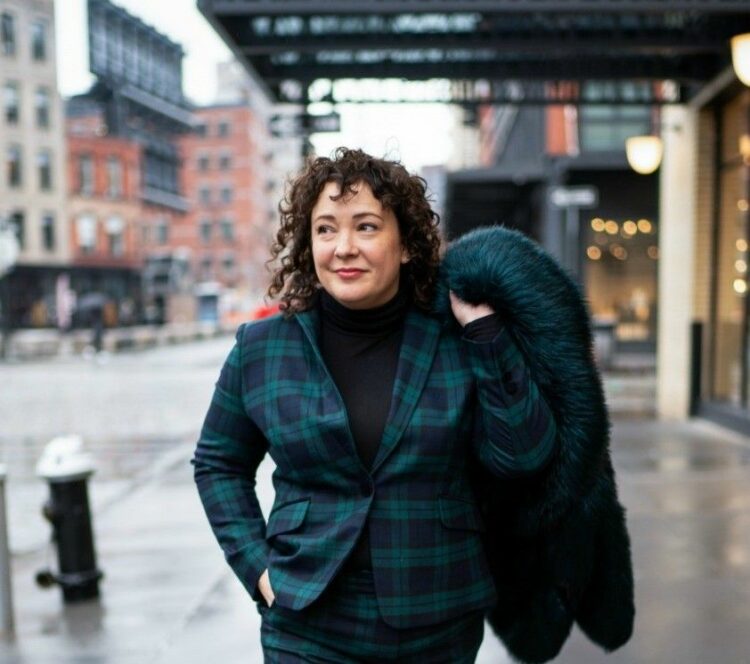
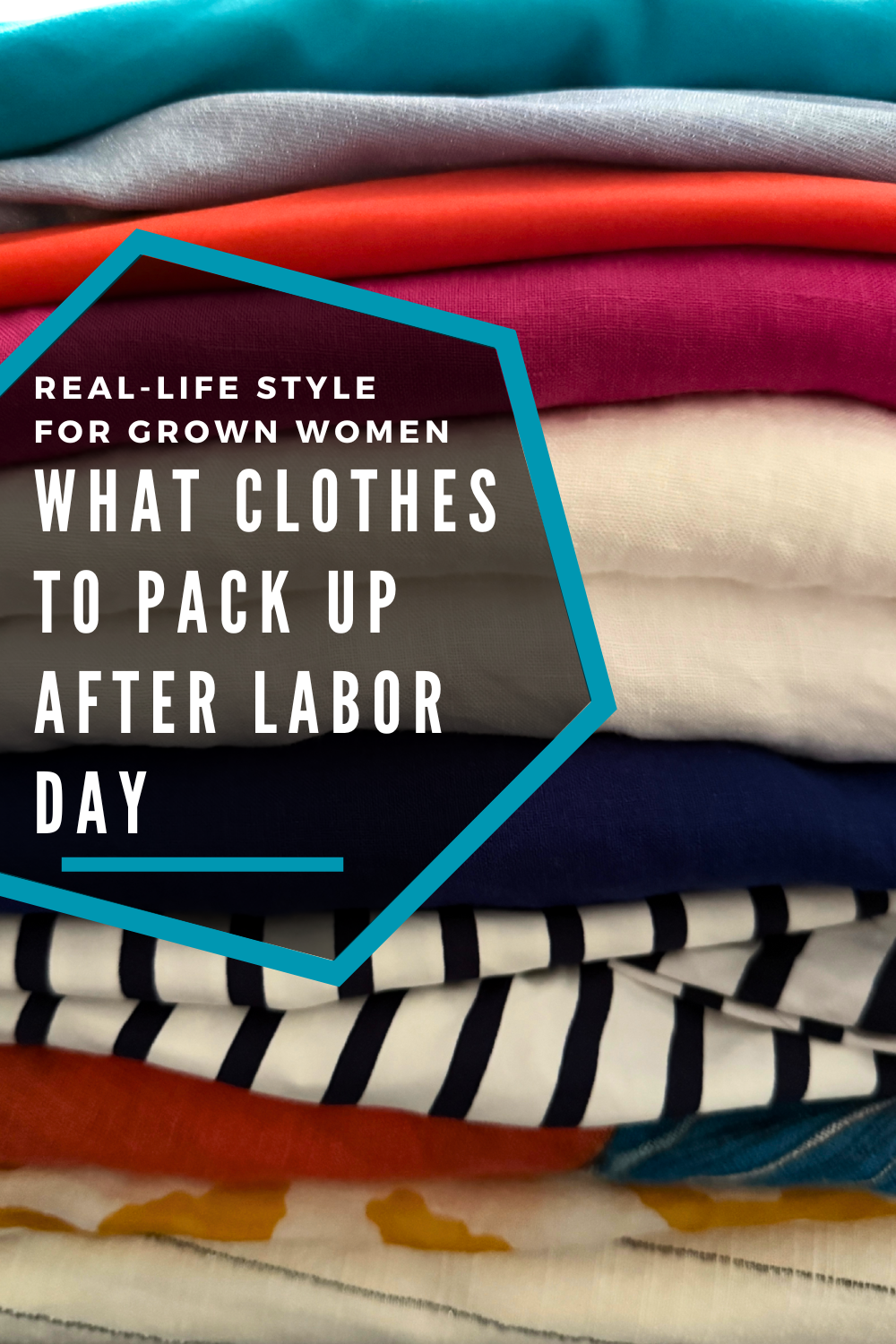
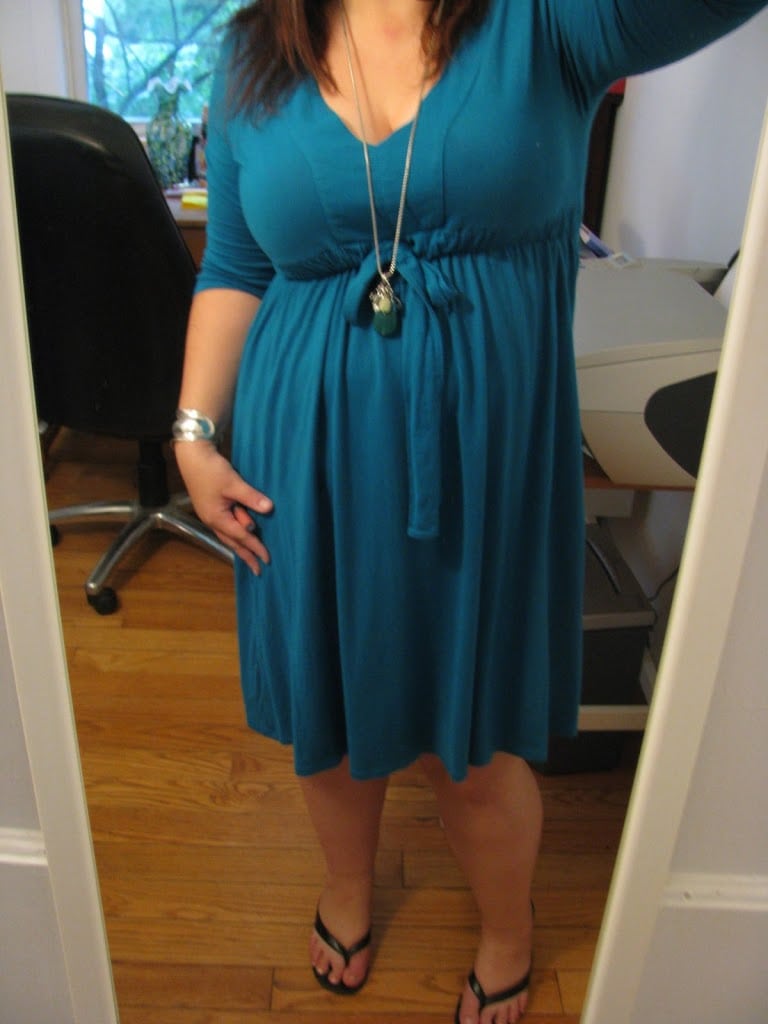
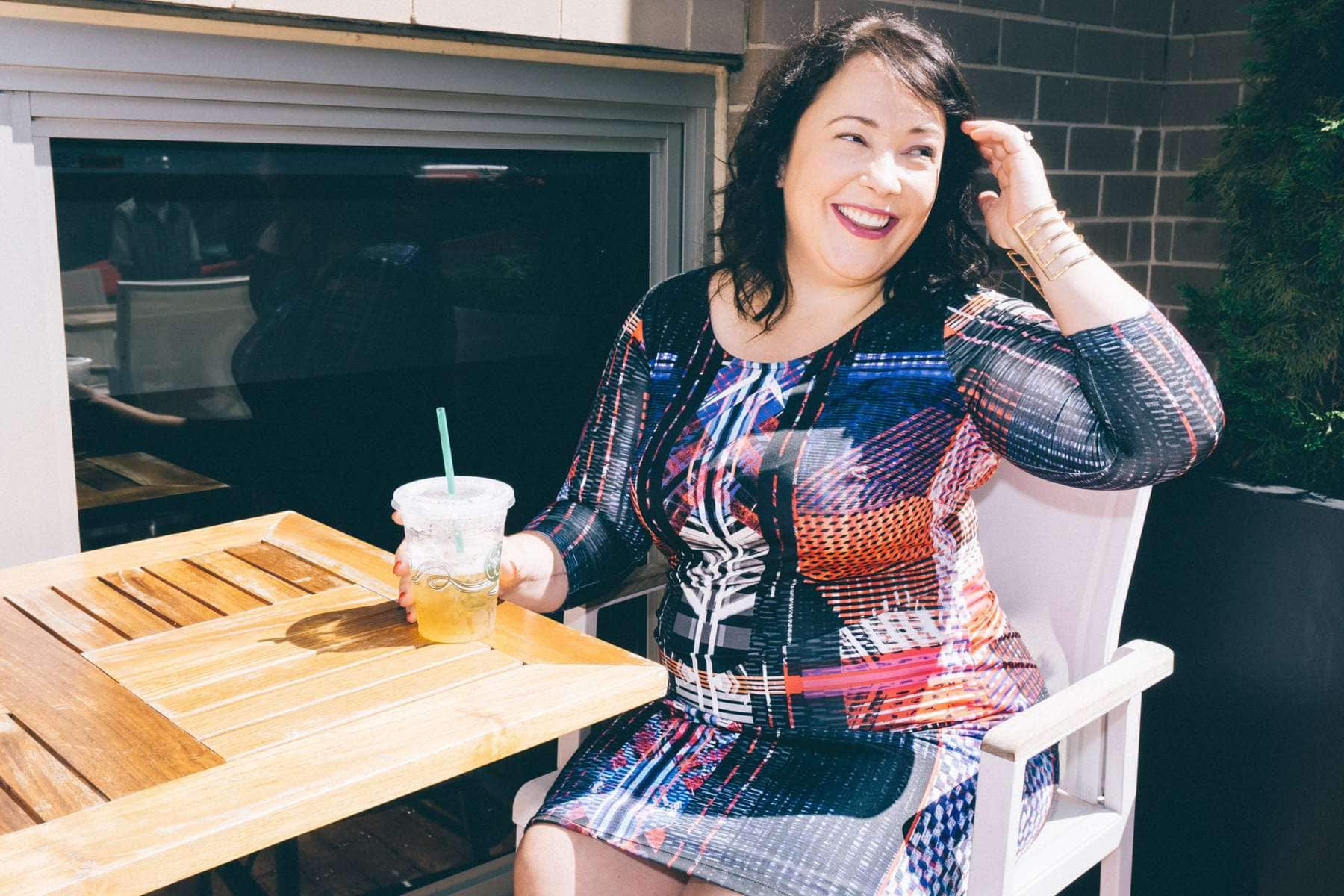
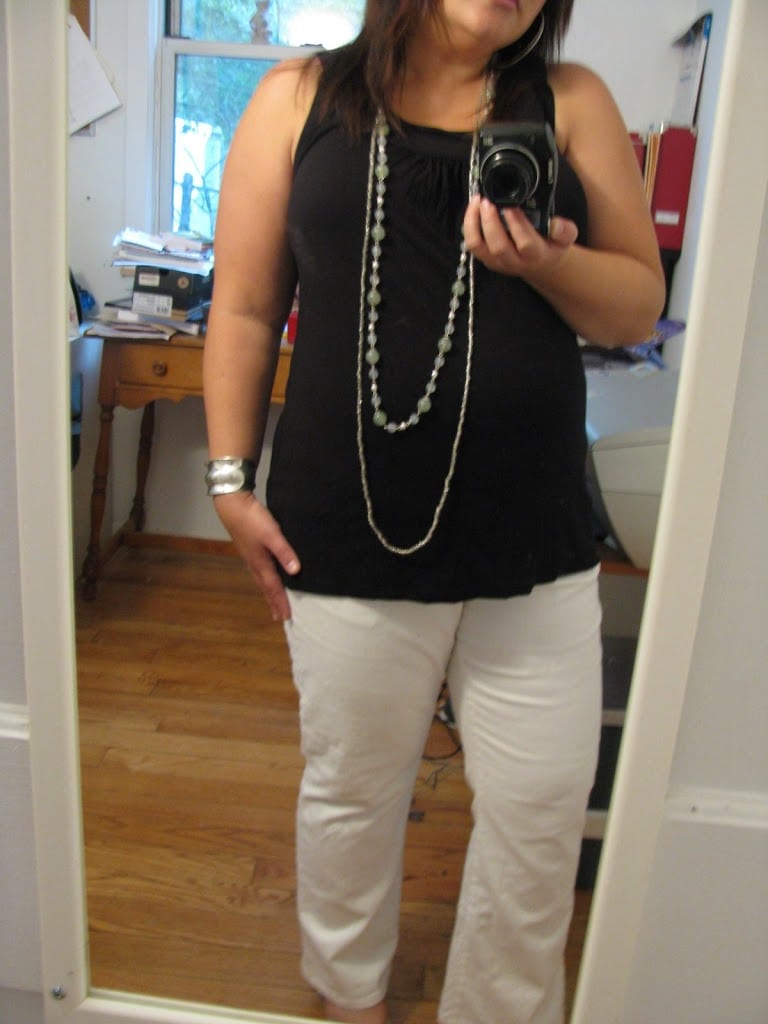
I agree with this, but I also realize it involves a change in mindset, particularly for those of us in the U.S. We are bombarded with messages that, when all is said and done, basically boil down to “more is better”. Thus, many teenagers (who become twentysomethings employed in the work force) buy lots of fast fashion and continue to do so, even when they transition into a different phase in their life. It’s a tough habit to break for many, and that little “rush” that they get from having something new or trendy doesn’t exist when they are wearing the same staple items over and over. Only now, at age 39, am I really starting to embrace buying much, much less, and buying better quality items that I love and will continue to love for years to come.
Yes! All of my quality clothes come from thrift stores and I’ve never paid more than $10 for a single one. Quality over quantity for sure. While I’m building my wardrobe at the moment, it’s to be able to remove these cheap items that I used to purchase with high quality, timeless pieces. “Poor” is a poor choice of words, but to her, anyone that’s not in her income level, would be considered poor. I understand her use of word there, even if it’s not “politically correct.”
Ms. Westwood’s reference to “poor people” is a bit odd, but I won’t presume to interpret her intent. I have been trying to get my friend to buy a better quality of clothing and less of it to no avail. I shop in mid-priced stores like Coldwater Creek and Chico’s with the occasional foray into a Nordstrom. This is my comfort zone. I can’t convince my friend that one or two solid items from these stores will serve her better than 10 at Walmart. I recently shopped with her for an upcoming Boston trip. Convinced her to buy one very nice cardigan at CC, but she passed up the ponte skirt which would have combined for a great outfit and two very useful separates. Instead, she bought 5 cheaper items at a discount store that will not last and will not mix and match well. She cringed at the cost of the sweater and skirt, but spent almost as much for the 5 items which will not serve her well in the long run. Grrrrrrr!
I often wonder how much of this is a reflection of the “Get more for your money” credo many people associate with being a “smart” shopper in the U.S. I have shopped with people who conflate “quantity” with “bargain,” and assume they’ve made good buys if they’ve got huge hauls.
I love Vivienne Westwood’s attitude towards clothes — don’t be wasteful, buy less, all that — but when I had the chance to visit her original World’s End store in Chelsea, I was so disappointed, because the quality of some of her lines (especially the Anglomania line) did not reflect that ethos at all. Alongside all the t-shirts for sale promoting anti-consumerism, it was really jarring and I’m still not really sure how I feel about it. (i should note that i did buy something in the end).
anyway, i like that the message is coming from a blogger like yourself, because it feels so much more real. 🙂
Ooh, this is a hot button issue for me, because I think there are so many factors at play. I’m in my early 40s and have the luxuries of being gratified by a fairly classic style + working in a casual industry + living in the SF Bay Area without a lot of weather fluctuations, so I can easily cultivate a small, well-made wardrobe where everything works for 10 months of the year in multiple situations. I can even do so for my daughter. Because our weather is so constant, I can get 12-18 months’ wear out of something (except shoes …), so I have no problem spending “up” for a small wardrobe of well-made clothing.
But if you’re a younger woman just starting professional life, or you really are passionate about following different styles, or you’re living someplace with distinct seasons, or your kids are growing like weeds, you really have to balance situational needs against your budget.
Personally and philosophically, I’m morally opposed to Fast Fashion (and would urge people to read the book). But practically speaking, we’ve managed to squeeze out the well-made-middle-market and so it’s hard for people constrained by budget to get the most for their money, it really is. And it blows, because there’s a huge difference between spending $150 on one pair of well-made everyday maryjane wedges that you can wear into the ground over 5 years and $50 on sale shoes you have to replace annually — the person who could afford to spend big only spends $150 once, while the person scrounging sales ends up spending 66% more in the same time period.
I am better off now than I was right out of college, but then I could hardly pay the rent on a sad little apartment in not the nicest neighborhood that I shared with my sister. Clothing was not high on the budget when there were things like rent and gas to get to work and food (which was often ramen noodles and cereal and other budget-friendly things). But even then, though I was tempted by retail therapy and sparkly items that would make me feel fancy, I decided to save my pennies for an interview blazer, even though that interview blazer was a quality and brand I would likely not wear now. I remember splurging on a pair of booties at Payless and babying the heck out of them because they were the best quality I could afford, a classic style, and had to survive as long as possible.
I doubt Vivienne Westwood and I know I don’t expect someone trying to make ends meet to scrimp and save up for cashmere. I think the point is those who have less money are bombarded with utter crap, far more crap than those with more money experience. That it’s even more important to be aware and weed through the crap for that which deserves your hard earned money. I think back to those booties, and I chose them instead of others because they were free of adornments, no crazy finishes, no weird heels, just a classic look that from afar could be seen as leather and a nicer brand.
Even for those starting out on a budget though, there are always other options. That’s why I’m so glad that you included thrift stores and sale racks in your post—you can find wool and cashmere sweaters at goodwill or peacoats at the salvation army if you are willing to look. At the end of the day, we have to be smarter consumers. I really liked this post; may I link to it when I post about my thrift shopping experience tomorrow?
I would be honored, thank you!
Buying ‘quality vs quantity’ seems self-explanatory until you realize how few of us can truly identify quality. I wish it was something I was taught because it took many many mistakes and money spent before I started to catch on and figure out what to look for. For a while I assumed that quality correlated with $$$ which led to various expensive mistakes. It seriously took a long time before I could touch something and know if the fabric is going to stretch out of shape during the day or if something is likely to pill (all learned through sad experience). Or to even think of looking at the seams to see how a garment is finished. It’s so hard!
this is spot on. So many people think that quality = $$$. They don’t know what to look for, or how to identify something that is of good quality at a lower price point.
Oh, I agree! When you have a small budget, it helps to shop “classic” and it is both logistically daunting and infuriating to do at a lower price point. Even if the workmanship is not terribly shoddy, there are often embellishments that betray the price point. I think shoppers at lower price point suffer terrible decision fatigue, and it’s demoralizing to have to sink so much time to get something decent for the money.
I can remember being a fresh-out-of-grad-school professional in Washington, D.C. in January 1996, and circling the stores endlessly to find pieces that I could wear to the newsroom there. It took me approximately 40 hours to compile my working wardrobe.
I can still remember the haul I got by emptying out my savings: a black merino knit blazer and matching skirt, a black wool challis a-line skirt with a cream and brown tiny print, a charcoal melton jacket, a pair of black tropical wool flat-front pants, a pair of flat-front stone colored chinos, a cream poorboy sweater, a cream fine-gauge sweater set, a black fine gauge cotton crewneck sweater, an espresso brown cotton fine gauge crewneck, a pair of jeans in the darkest finish I could find, a pair of cream nubuck oxfords, a pair of black mary jane pumps.
They went with my tiny grad-school-intern wardrobe: black fine-gauge t-neck sweater, brown/charcoal/cream/indigo plaid kilt, black pleated a-line skirt, white silk tee, black and white striped silk tee, black short-sleeved polo dress, black chunky maryjanes. My parents gifted me a black melton princess-line coat at Christmas and I found a Burberry scarf an old roommate left behind. The only jewelry I felt comfortable wearing to work were my monogrammed earrings and a black leather Timex.
(I should use Polyvore to create an approximate collage of my first working-girl wardrobe.)
Oh, I wore those pieces into the ground that winter. And some of those pieces stayed in active rotation in my wardrobe for seven or eight years, even after I moved to San Francisco and a much different climate/professional arc/overall life. They worked well because they were clean-lined and plain, and in the right light, simple and clean-lined can pass for “quality.”
I love the allegedly French practice of sticking with a small core of pieces you love and wear all the time. It seems so much more planet-friendly, wallet-friendly and socially sane than the American expectation that you’ll turn over an entire wardrobe season after season, year after year.
I totally agree and I love Vivienne Westwood, but what is up with that raggy pill-ed up sweater she is wearing? It’s not really screaming quality at me…
I vividly remember sitting around having coffee years ago with my best friend and her sister-in-law, who had just bought a new handbag that we were complimenting her on. And she said, “Oh, it was so cheap, it was only $15 at Target! It’ll fall apart by the end of the summer, but who cares?” My friend said, “That’s the best. I never buy expensive bags because I want a new one every season anyway. I would get sick of carrying the same purse for years.” I remember it struck me so forcefully how incredibly wasteful that was — I had this vision of all my cheap Target purses in a big pile in a landfill. When I’m able to afford it, I’ve tried to do better since then.
For the truly poor, such as my friend who relies on food banks to feed her 2 kids despite a full time job, I can’t judge her clothing choices based on quality vs. not. What I think about is, do her clothes allow her to stay in her job? Can she keep up with the demands that her kids make on clothing (have to have black pants for the band concert)? Does she have opportunities to make an extra $20 (sell her handiwork, get some overtime) so that she can go to Goodwill and get another pair of trousers or jeans that fit or is the choice today to buy some better food?
She is living so close to abject poverty that I feel I have nothing to say about how she chooses clothing.
I really don’t think that is even a factor here. It’s not that I, or Vivienne Westwood are judging the sartorial choices of those who cannot make much of a choice. But when a choice is possible and realistic, the point of my post and I think Westwood’s quote is to weed through the immense amount of crap that is thrown at low pricepoints to find that which is worthy of the hard earned dollar.
I have to keep reminding myself about this over and over – quality over quantity. One well-made nicely fitting dress or skirt is much better than 5 cheaper dresses or skirts. If something doesn’t fit well and I’m not willing to invest the money to have it tailored, there’s no need to pay money for it in the store – but man, sometimes that’s hard!
“I think that even poor people should even be more careful.” Since I’m technically putting myself into that ‘poor people’ category, she’s obviously speaking about me. lolol.
But, no. She’s basically saying that people that are not financially able to purchase all of these clothes that are being marketed to them should resist the temptation just a bit. I know at times I buy the fast fashion because it’s accessible to me and my wallet. But at times, when money is good, I do buy a nice item from better stores. I just don’t do it constantly.
Now that I think about it, I guess I’m not in the ‘poor people’ category, afterall. Woop woop!
Well to Vivienne Westwood we likely ARE poor in her eyes. You go to Walmart and are attacked by utter crap. Bedazzled and embroidered and weirdly designed stuff from subpar materials. But within those racks, you can find some pretty good pieces – classic styles, good translations of trends. We with less money than Westwood or those who can afford Westwood’s clothing have more crap to sift through and have to work harder.
I also agree with her and with your post.
With all the marketing and bombarding we get from brands it’s just sooo difficult to stay on track.
I have been trying to do this and even though i succumb, i must say its an ongoing effort.
I would love to be able to purchase only higher quality items; however, weight fluctuations due to health/medication/lifestyle changes have burned me too many times. I have donated high quality pieces that I no longer fit into more times than I can count (both smaller and larger sizes). I now rely on mid-priced items that I won’t feel too terribly bad about replacing if I need to.
The thing is price and quality are not equal. Her point and mine is to not buy crap just because you can’t afford designer. I have amazing pieces from Target and Old Navy, Marshall’s and Ross that rival the quality of higher-end department store brands. I have found pieces on the Ann Taylor clearance rack and during J. Crew sales that are cheaper than pieces found at Kmart. I hear you on body fluctuations, and I too have been burned and don’t buy very pricey pieces that won’t work a size or two different, but have also gotten burned buying cheap stuff that will do for now and then not having the funds when I find nicer things that are the same price. 🙂
I hear you on being burned by weight fluctuations – for me, I try to shop smarter. What pieces can work with a sudden weight loss and drop? Wrap dresses and shirts, skirts with tasteful elastic waists (or that can go from a high waist to my hips without changing the style). Knits – god love knits! It’s helped me spend less, because I’m shopping with the idea that this is a piece that can work between 1-2 sizes, but if I buy it at a decent quality, it’ll still fit and look nice despite the sudden weight change…and yes, shopping those at a mid-point (or lower if it’s trendy and I know won’t get a lot of wear) certainly helps, too!
well, borrowing would be the best, yes? quality over quantity every time, although I don’t know if I qualify as “poor people”! : >